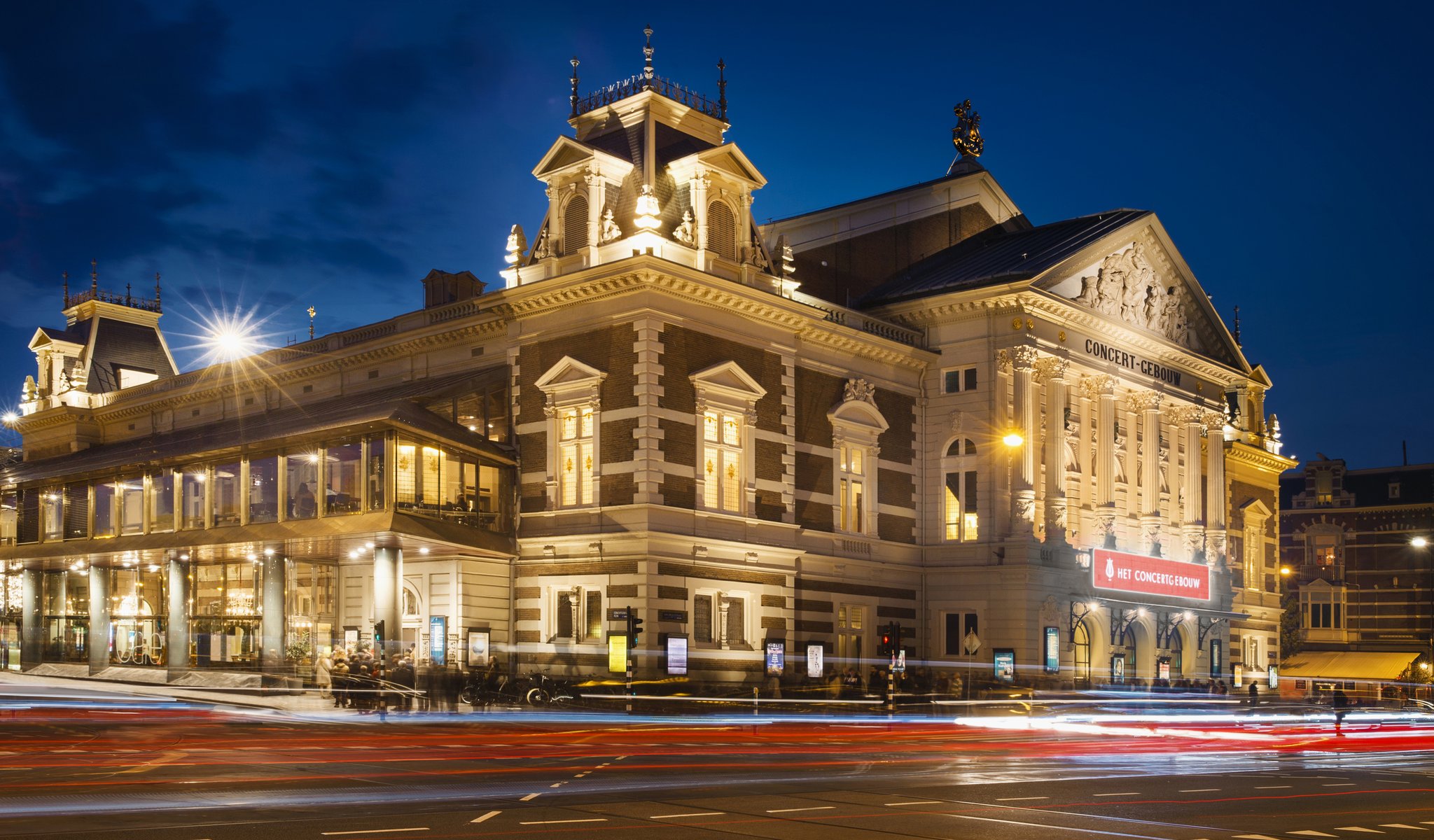
Program
Featuring
Other information
The event is about 2.5 hours long.
About the event
The concert will juxtapose the masterpieces of nineteen-year-old Mozart and fifty-five-year-old Mahler. Julia Fischer, the German soloist for Mozart’s most popular violin concerto, is not only a violinist: she is also a pianist, a quartet player, a teacher and the founder of a youth orchestra. James Leonard had this to say about her: “Fischer has a pure tone, an impeccable intonation, and an immaculate technique, but she also has a warm heart and a radiant soul, and her performances of Mozart’s concertos are as clear and luminous as the music. The second half of the concert will feature Mahler’s surprisingly sunny and humorous symphony, taking the listener on a journey from the music of the night through fairy dance to the most glorious jubilation in C major.
For a long time, it was thought that Mozart had composed all five of his violin concertos in 1775. Today it seems certain that the first two were written a few years earlier, which explains why No. 3 is so much more mature and refined than the ones preceding it. The work, intimate in tone, includes several operatic elements—the first movement, for instance, opens with a melody Mozart borrowed from an aria of an opera of his own completed not much earlier, entitled The Shepherd King (Il rè pastore). The orchestra is to interrupt the soloist several times, thereby shaping the atmosphere of the piece. This is the only movement in Mozart’s violin concertos where another instrument is given the opportunity to play an important solo; in fact, the oboes play a key role in the last bars of the finale. The middle movement offers serenade music, colored by tragic episodes; while the finale is a rondo, one episode of which quotes a popular Strasbourg Dance.
Symphony No. 7 is Mahler’s only contribution to the genre that is not commonly associated with a nickname or biographical motif. It is purely instrumental, “abstract” music; a still point between his “Tragic” Symphony and the “Symphony of a Thousand”. The opening melody of the first movement was conceived during a boat ride on a lake, and is played by the tenor horn, which sort of combines the tone of the trumpet, the horn and the saxophone. After the second movement, which the composer compared to Rembrandt's painting The Night Watch, comes the shadowy scherzo, followed by a serenade accompanied by mandolin and guitar. The symphony is concluded by an ecstatic frenzy of drums. The second and fourth movement were born out of Mahler’s earlier night music.
